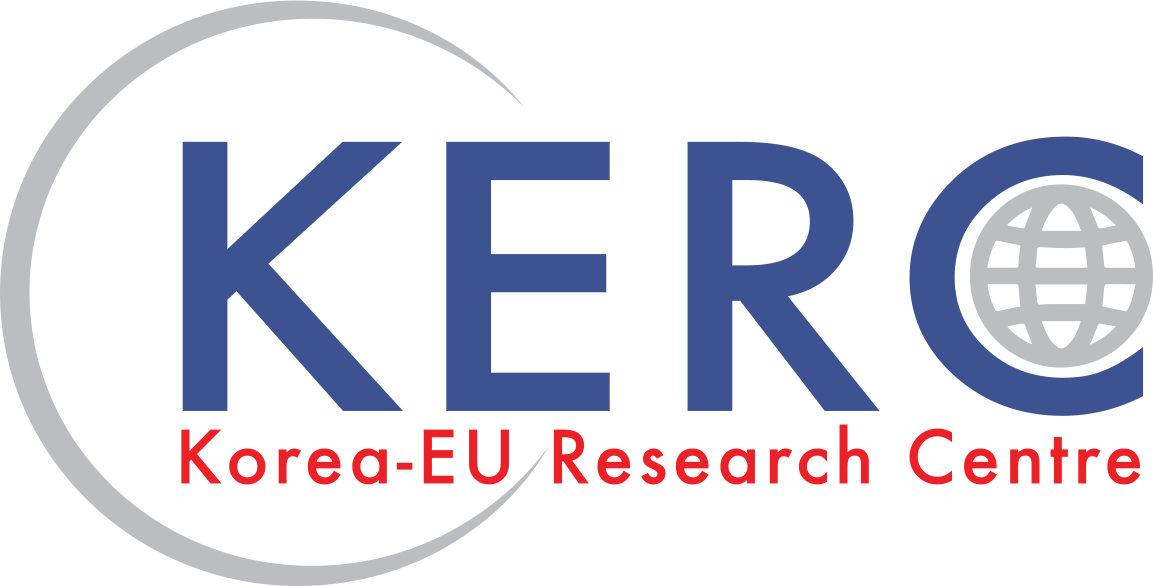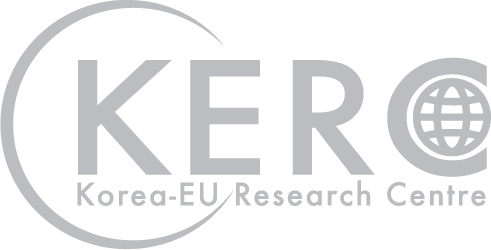Researchers have developed the world's first fluorescent glass material with a refractive index of 1.7 capable of reducing light loss in manufacturing light-emitting diodes and increasing light emission efficiency. The technology can be applied to ultra-mini mobile devices, wearable devices and smart lighting equipment.
The refractive index shows how a material affects the speed of light when passing through it. A refractive index of 1.7 for a medium means that light travels 1.7 times faster in a vacuum than in the medium.
Light-emitting diode (LED) developers have focused on miniaturization and high output technology for mobile, wearable and automobile devices. Although glass fits with high heat resistance and durability have been used, their light loss is enormous due to low transmittance compared to silicon materials.
Glass materials use a phosphor glass form mixed with phosphor powder, but the difference in refractive index is quite big and generates light scattering loss, reducing the emission efficiency of LEDs. It is crucial to minimize the difference in the refractive index.
A research team led by Song Yong-hyun, a lighting material part expert at the Korea Photonics Technology Institute (KPTI), has developed the high-efficiency phosphor in glass (PiG) by working with TY CERA, a glass fit company for electronic and architectural materials. The new technology, capable of increasing light emission efficiency by more than five percent, will be used in automobiles, drones and ships.
"We hope the technology to be used more in application fields that require the slimming, miniaturization and efficiency improvement of LEDs such as automotive headlamps," KPTI head Kim Jae-pil said in a statement on August 22.


